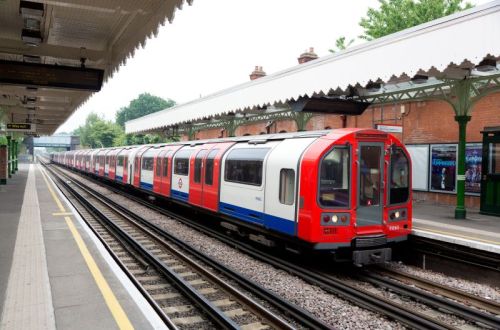The report looks at the concept of MaaS schemes - those that provide access to information on, and payment for, transport options via a single digital platform - and finds that MaaS “could make travelling easier for all, no matter their income, disability or location, or it could make mobility easier for tech-savvy, city centre dwellers and harder for those who are already excluded and marginalised.”
“It could be a great concept that takes off at scale or one that people don’t need or want in practice,” the report says.
With MaaS seemingly at a crossroads, the report identifies three factors which will determine its future.
- the economic models which underpin MaaS schemes will determine how impartial, stable, extensive, competitively-priced and popular MaaS schemes are;
- the extent to which issues around the ownership, sharing, resourcing of data are resolved will determine how comprehensive MaaS schemes are, and
- the extent to which wider environmental, social and public health goals are built into MaaS schemes will determine whether they will contribute to making cities the less congested, more inclusive, greener and healthier places they want to be.
The report adds that a wider regulatory and legislative framework is influencing the ability of transport authorities to take on a more decisive role in implementing MaaS. For example, the deregulation of the bus sector and the privatisation of rail operation restricts the authority’s ability to control pricing of public transport services.
It also suggests several models that cities and regions might follow when shaping future MaaS services.
- Where the public sector is either the MaaS operator or a pro-active participant in MaaS. Transport authorities can deliver a compelling consumer offer through the MaaS platform, which also delivers a range of wider public policy goals, such as public health, air quality, congestion and social inclusion. However, there are commercial risks and liabilities around the costs of developing, managing and administering a MaaS offer.
- Where the public sector takes a stepped approach to MaaS. Starting with existing resources such as journey planning, smart ticketing and real-time information to then build a platform that would allow for different approaches, either public sector led or providing the basis for app developers and private sector third parties to integrate new transport modes or new ticketing products. However, this risks uncertain and fragmented outcomes which may not meet wider public policy goals or meet customer needs.
- Where the public sector takes no involvement in MaaS. Allowing the private sector to lead, could result in a more innovative and competitive market of MaaS products and with no direct commercial risk to the authority. However, it also risks fragmented outcomes, or conversely exploitation by monopolies, which work against both the consumer and wider public interest.
Five tests
The report also puts forward five tests for a good MaaS application, helping transport authorities to ensure that any MaaS offer delivers on urban public policy goals:
- does it incentivise public transport use?
- does it help reduce congestion and pollution?
- is it socially inclusive (including on affordability; accessibly, providing options for those with additional mobility needs)
- is there a culture of openness and data sharing?
- does it encourage active lifestyles?
“Cities in the UK and the wider world are looking hard at the potential benefits that MaaS could bring and the role they could play in its future,” says Mr Vernon Everitt, managing director of customers, communication and technology at Transport for London, and lead Board member for smart futures at the Urban Transport Group. “This report clearly sets out the issues and options for city regions on MaaS and sets out a sliding scale of potential engagement.
“It is up to each transport authority to decide for themselves how big a role they wish to play in determining the evolution of MaaS depending on local circumstances and aspirations. By presenting the risks and opportunities, we hope this report makes that decision making process easier.”

